
Want to model your setup after your favorite pros, down to your bolts and bearings? Easy. Want clothes patterned after a pros specific wardrobe? No problem. Dead set on wearing a pro’s signature shoe?
Well, you’ll probably have to settle for a colorway.
In the 2000s, if a skater had a shoe sponsor, they either had a signature shoe, were in line for one, or were jumping to a shoe brand that would give them one. A successful pro shoe was a ticket to a higher tax bracket. But today, with the exception of models for a handful of top-tier skaters—think Ishod Wair, Louie Lopez, Alexis Sablone, and so on—the signature shoe has largely vanished from skating.
Instead of original silhouettes, pros from every rung of skateboarding are more likely to be given a popular model to customize. But why did this happen?
It’s easy to pin these shifts on economics; developing a new sneaker and tethering it to a pro is costly and risky. There are also the athletic brands to consider, like Adidas and Nike, which entered skating in the early 2000s and quickly became fixtures on skateshop walls.
And don’t forget about the skaters themselves, the trends they follow, and the companies that cater to them. So what seems like a simple question—what happened to pro shoes?—is actually a complicated one.

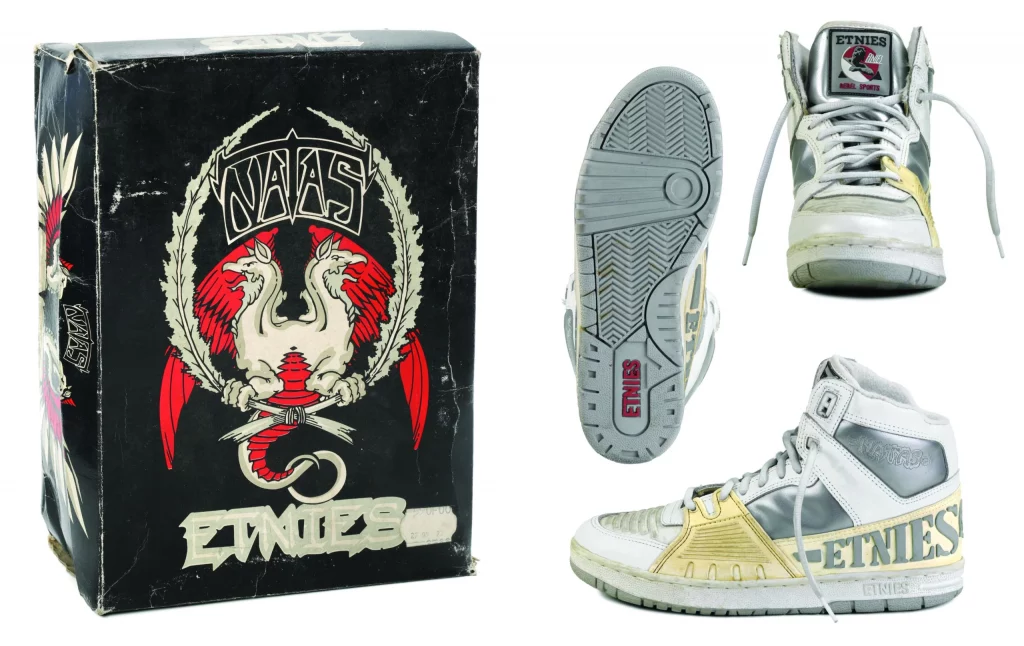
In the Beginning
If skateboarding ever had its own gold watch, the gift a manager ceremoniously hands an employee to commemorate 25 years of service, it was the pro shoe in the late ’80s and early ’90s. Around that time, only two pros in the industry had signature shoes: Natas Kaupas and Steve Caballero.
The Natas came first. Etnies, a French brand, released the model as it moved into the American market. The shoe, a leather high-top with heavy rubber ollie padding, wasn’t dissimilar to models like Nike’s first Air Jordan.
“One of the observations at the time was that people were wearing the Jordan 1s to skate—the Bones Brigade and those guys,” says Don Brown, Chief of brand strategy at Sole Technology, Etnies’ parent company. The question became: “Why are all these guys buying a shoe with money going back into basketball instead of all these people buying shoes [with money] going back into skateboarding?”
Natas, a pioneering street skater with a popular board, was an obvious choice for a shoe. As that was happening, Vans was preparing to release Steve Caballero’s first model. While both shoes stuck around for years, neither inspired the other skate shoe brands of the era to produce pro models of their own.
That changed in 1994, with the release of Sal Barbier’s Etnies model. The suede low-top arrived in a handful of colorways, most notably a white upper on a black midsole—a big look at the time—and featured a distinctive 23 embroidered on the lateral side of its heel. “Sal drove a very specific design point of view for a shoe,” says Kelly Bird, global brand manager for Nike SB. “He was addressing something that in his mind wasn’t there. Skateboarders couldn’t get access to it at that point.”
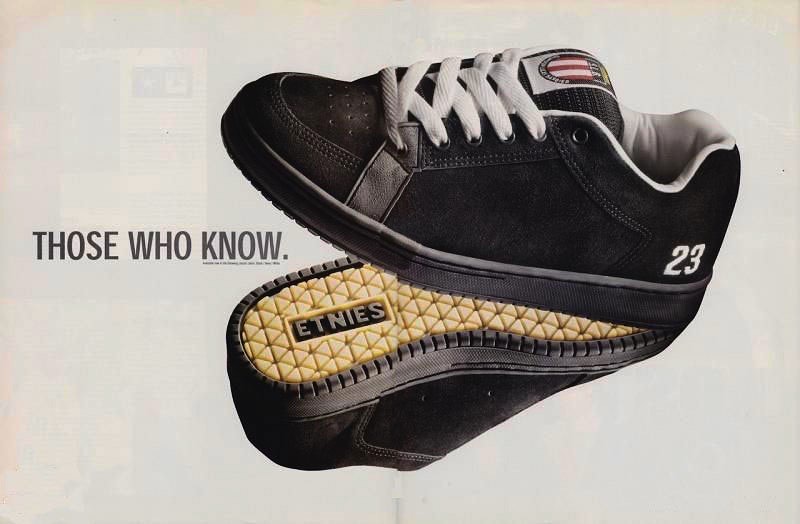
Pro Model Takeover
Almost overnight, Sal Barbier’s Etnies Pro model was everywhere. “I used to give those shoes to everyone back in the day,” says Brown. “All the top guys.” Soon enough, the signature shoe craze began. Vans released a Salman Agah shoe, and Airwalk created Tony Hawk and Jason Lee designs. Around the same time, DC debuted with a model for Danny Way and the promise of one for Colin McKay coming soon.
The royalties from these signature models could carry a rider from a monthly check of $3,000 to six-figure earnings. That is, of course, only if the shoe was successful. There were plenty that weren’t. Nonetheless, the industry had tapped into a new source of revenue, and the number of pros with their own signature shoes ballooned. At the same time, the product itself became predictable—another air bubble here, a confusing lacing system there.
By the early 2000s, the pro shoe had become the norm. As more pros put their names on sneakers (plenty of which had no hand in actually designing), the allure of the signature shoe began to fade. “That’s where I think you got into this very watered-down and convoluted era of just, like, everybody had their name on a shoe,” says Bird.
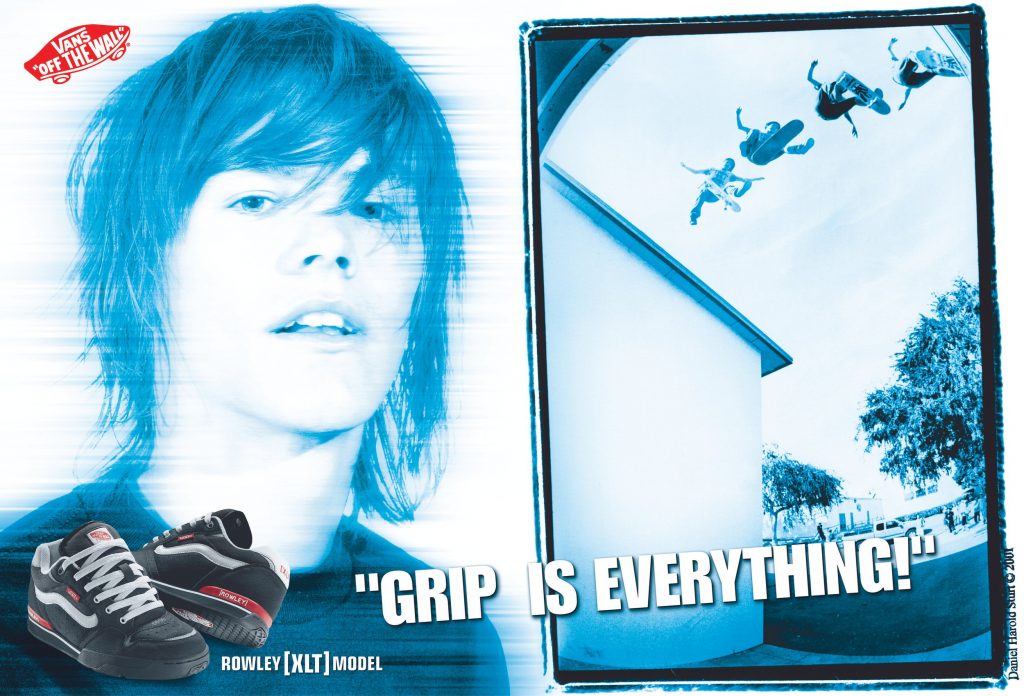
Slimming Down
While companies like DC and éS stayed the course on athletic-inspired signature designs, around 2000, Vans returned to minimalist silhouettes, like the Rowley XLT.
“It went all the way back around to simple,” says Sebastian Palmer, general manager of New Balance Numeric. “Every company during that era just had these black and white, abysmal, boring skate shoes. That was the trend, right? It was just, like, wear simple [shoes], throw them away.”
Scaling shoes back to rubber and suede also meant stripping away the elements that set pro models apart. While at one point a rider might have had a model with features unique to it, a few years later, that skater would end up with a cheaper, simpler shoe that was harder to personalize and harder to sell.
“With a cupsole,” says Palmer, “you can just put more personality into it.”
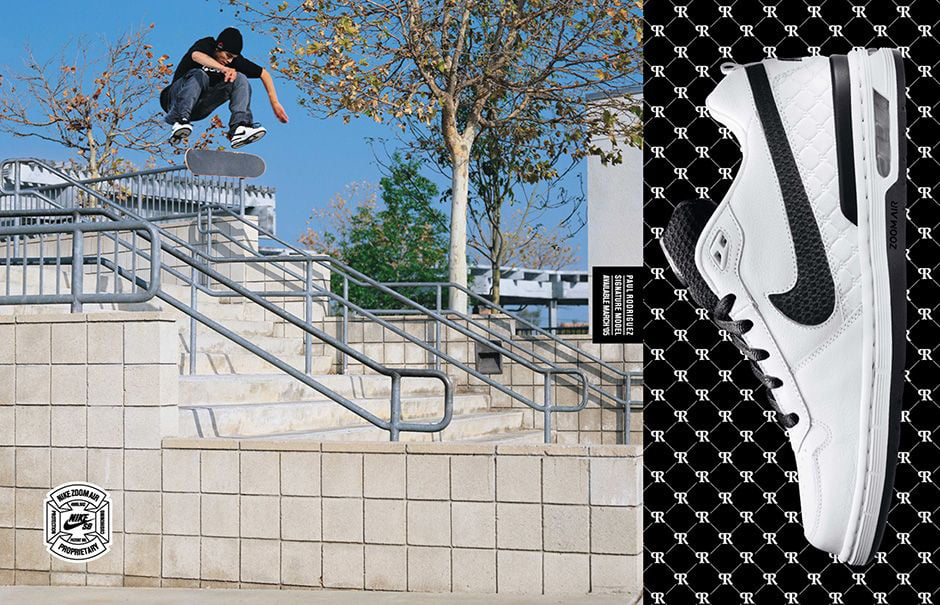
The Athletic Brand Takeover
Palmer says the move away from signature models can also be credited to the athletic brands that entered skating. At the height of pro shoes, companies like DC, DVS, and Circa dominated skateshop walls. As Nike, Adidas, and other brands edged them out, pro shoes began to disappear. “Nike came in and said, ‘Hey, we’re not going to give everybody signature shoes,'” he explains.
Nike introduced the SB line with colorways for its original riders, but it took four years to drop a signature pro shoe—the first Paul Rodriguez model, which arrived in 2005. “Paul getting a shoe was a significant thing,” says Palmer, who worked for SB in the 2000s.
As Nike and Adidas limited the release of pro shoes, pros themselves felt less urgency to chase them, since those athletic companies could pay competitively without gambling on signature designs.
“Now, pros could live in a pretty comfortable range without having to hit the lottery with a signature shoe,” says Bird. The prospect of a shoe won’t make or break a contract. “People that would be eligible for a signature shoe conversation most likely have deals that allow them to live a pretty [comfortable] professional athlete lifestyle.”
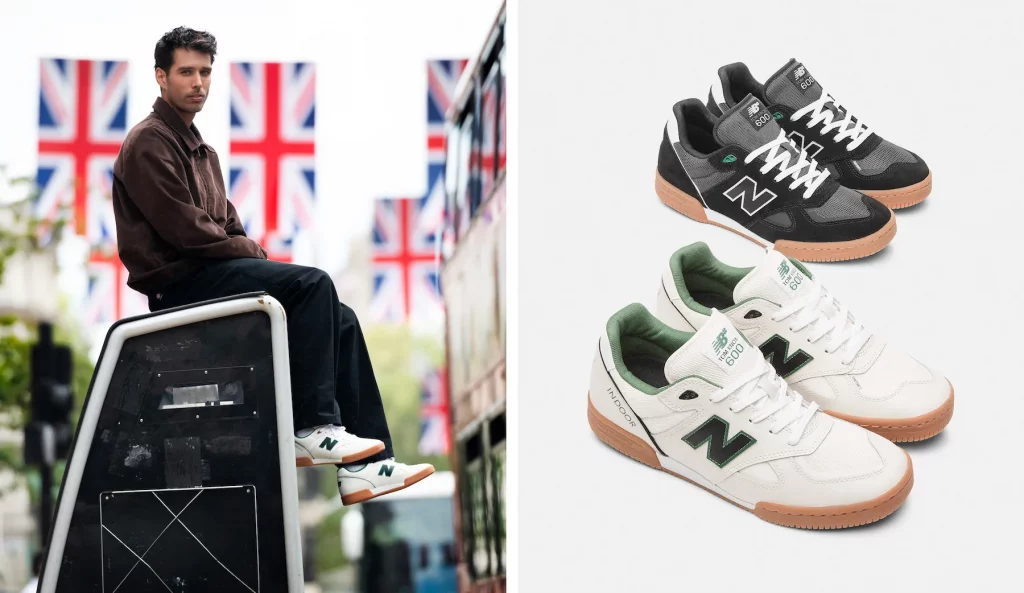
The Rise of Team Models
A signature model was never a modest gamble. According to Alphonzo Rawls, who designed for DC in the early 2000s, a pro shoe could cost upwards of $500,000 to put out. And if the pro endorsing the shoe left the sponsor or was sidelined with an injury, a company could be saddled with stock it couldn’t move.
The team model presented a safer option. “If it’s a good design,” says Palmer, “it’ll sell with or without a signature.”
As pro shoes continued to slow down, the big athletic companies started creating more team models and custom colorways. Nike has used this tactic for decades, co-branding the Dunk with collaborators from inside and outside the skate industry. Companies have also used pro colorways to test the appetite for formal signature designs.
After releasing enough colorways of the 440 for skaters to believe it was his model, New Balance delivered an actual pro shoe for Tom Knox last year. Andrew Reynolds put his stamp on the 480 shortly after joining the team last year, which helped introduce the model to the public. He now has a pro shoe on the way. Palmer says that royalties for a colorway on New Balance match what riders would receive from a signature model. “So they’re effectively like athlete editions, pro versions of the shoe.”
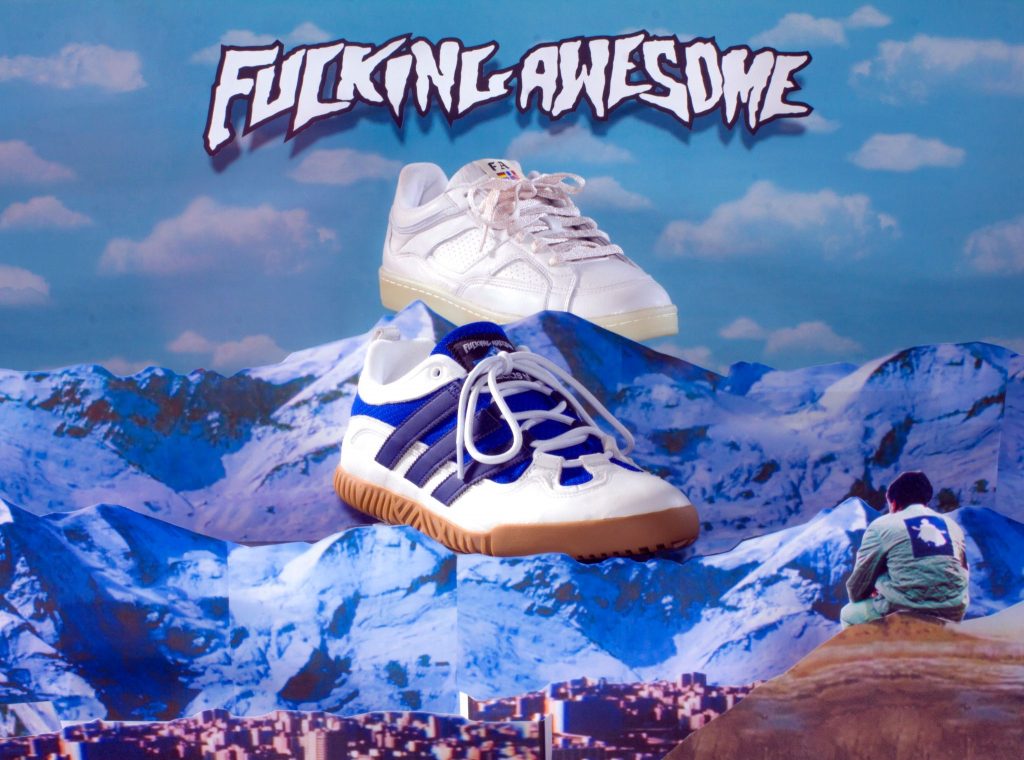
Pro Viability
Regardless of how it’s tied to a model, some believe a top pro’s name might not sell the shoes it once did.
“I’m probably wrong on this, but I kind of feel the ’90s was the last of the living legends,” says Brown, “because everything was still so small and not so blown out, and magazines were the main medium to really communicate, and then team videos. But it feels like there isn’t someone on the same level today as a Muska, as a Koston, as a Jamie [Thomas].”
For now, Brown and Sole Tech are mulling a TJ Rogers shoe on éS. Rogers has released well-received video parts and has a couple of colorways to his name, but a company can only put out so many shoes each year, and a new model will always be a risk. “It’s challenging, because we’ve had shoes in the past where people have said, ‘Hey, if you took the name of this pro off it, it would actually sell a lot better.’ That’s kind of scary,” says Brown.
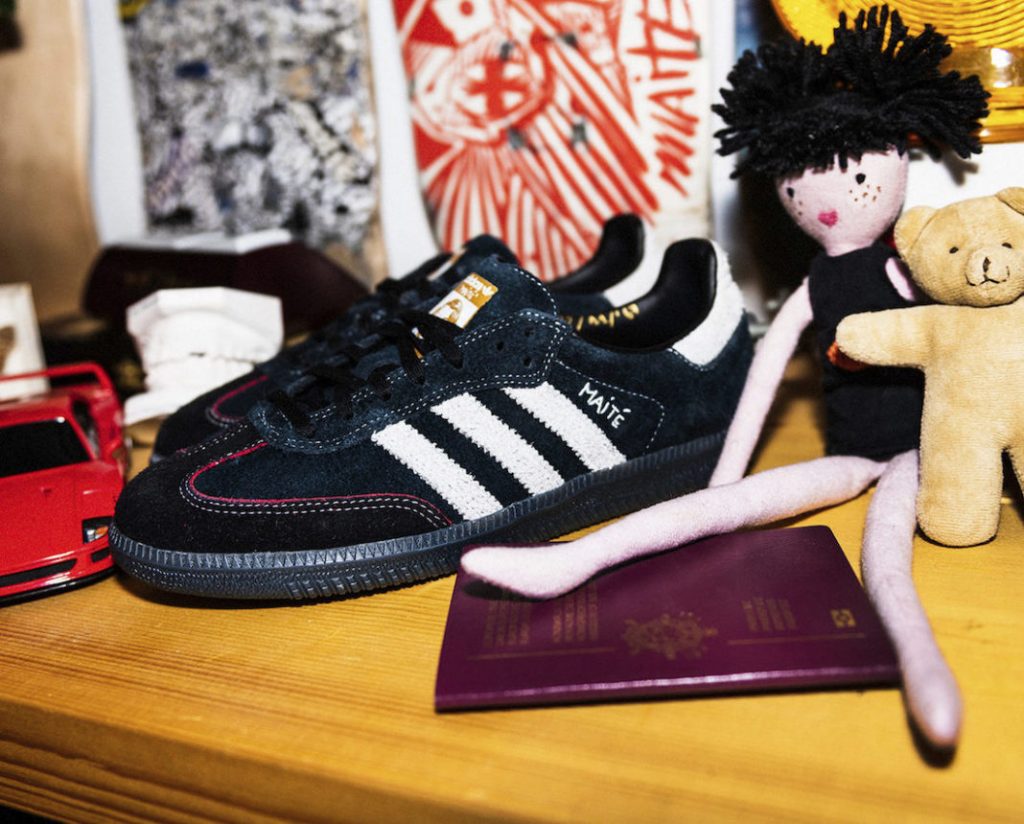
The Shop POV
Data on skaters’ buying patterns at skate shops alone doesn’t exist, but Ken Keistler, who’s worked in the shop and behind the scenes at Chicago’s Uprise for more than 20 years, has seen how customers react to a name on a shoe.
“I think it works for certain people,” he says. An Ishod Wair is a safe bet because it combines a major skater with an innovative shoe design, but not even the most influential pro can sell a lackluster shoe. “I mean, there’s shoes on the wall that are going nowhere because they just don’t look finished off, or they look clunky.”
Ultimately, it’s easier to make and sell a proven design, so Keistler recognizes why brands are more likely to revisit classics than they are to develop new models. “There definitely is that security in the tested thing,” he says.
But Keistler—like everyone else interviewed for this story—believes there’s still room for signature shoes. And while they may never again be standard for pro skaters, they’re a clear benchmark of success for the relative few who have them.
“I still think it’s one of the shortlist markers of success for skateboarders,” says Bird. “Maybe I’m old school in that thought. Maybe people don’t look at it that way anymore, but I kind of think they do.”
Related Posts
Comments
Popular
-
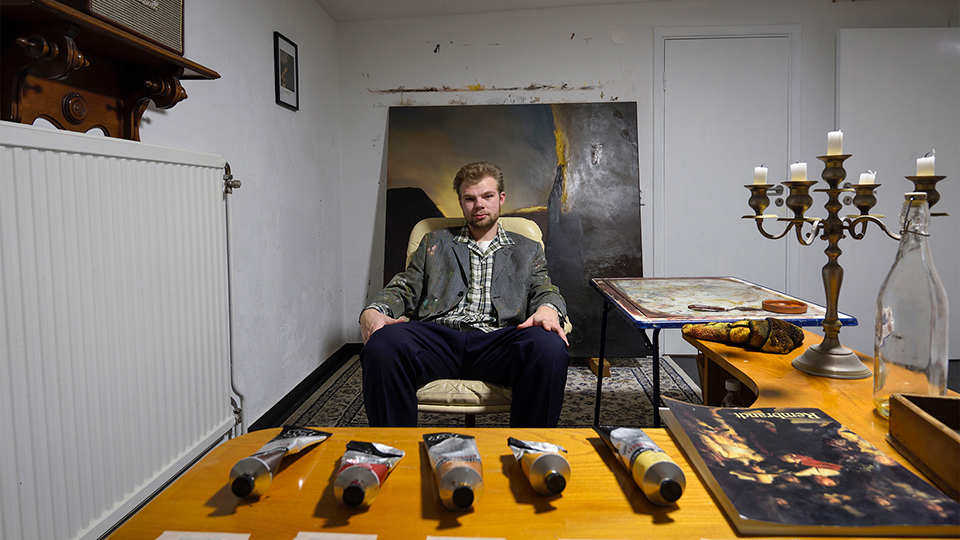 A CHAT WITH LUDVIG HAKANSSON, THE OLDEST SOUL IN SKATEBOARDING
A CHAT WITH LUDVIG HAKANSSON, THE OLDEST SOUL IN SKATEBOARDING
The man loves to read Nietzche, skates in some expensive vintage gear, and paints in his own neoclassical-meets-abstract-expressionist style.
-
 HANGING OUT WITH ANDREW HUBERMAN, SKATEBOARDER TURNED NEUROSCIENTIST
HANGING OUT WITH ANDREW HUBERMAN, SKATEBOARDER TURNED NEUROSCIENTIST
Curious what it would be like to hang with this guy outside of a stuffy podcast studio? Us too.
-
 GROWING UP, MOVING OUT, AND BREAKING BOARDS
GROWING UP, MOVING OUT, AND BREAKING BOARDS
A personal essay recounting a love affair with something we're all too familiar with.
-
 INTRODUCING THE NEW JENKEM COLLECTION, JUST IN TIME FOR THE HOLIDAYS
INTRODUCING THE NEW JENKEM COLLECTION, JUST IN TIME FOR THE HOLIDAYS
Air fresheners, bumper stickers, a shirt with a gun on it and a bunch of other stuff.
-
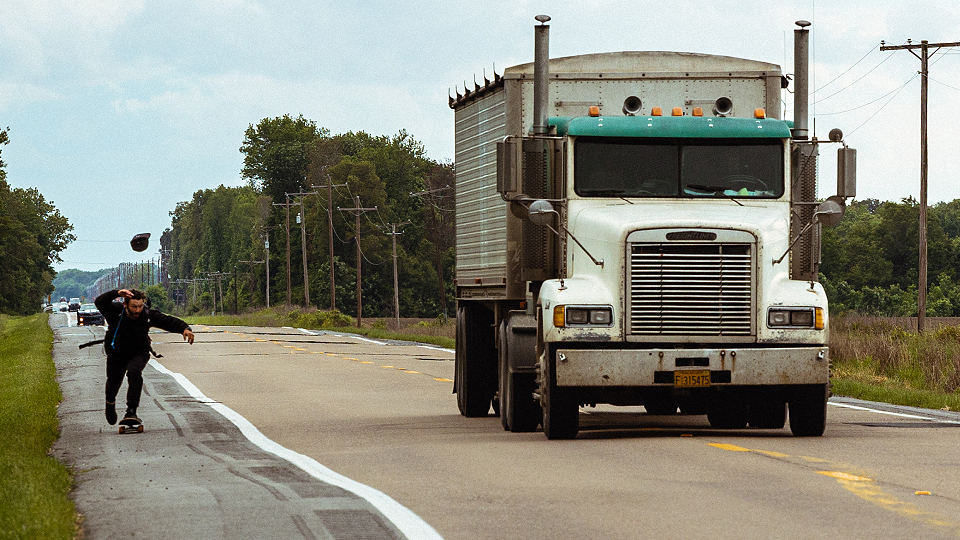 HOW CHAD CARUSO SKATED ACROSS AMERICA
HOW CHAD CARUSO SKATED ACROSS AMERICA
Chad did it the way most skateboarders would: independently and without much of a plan.

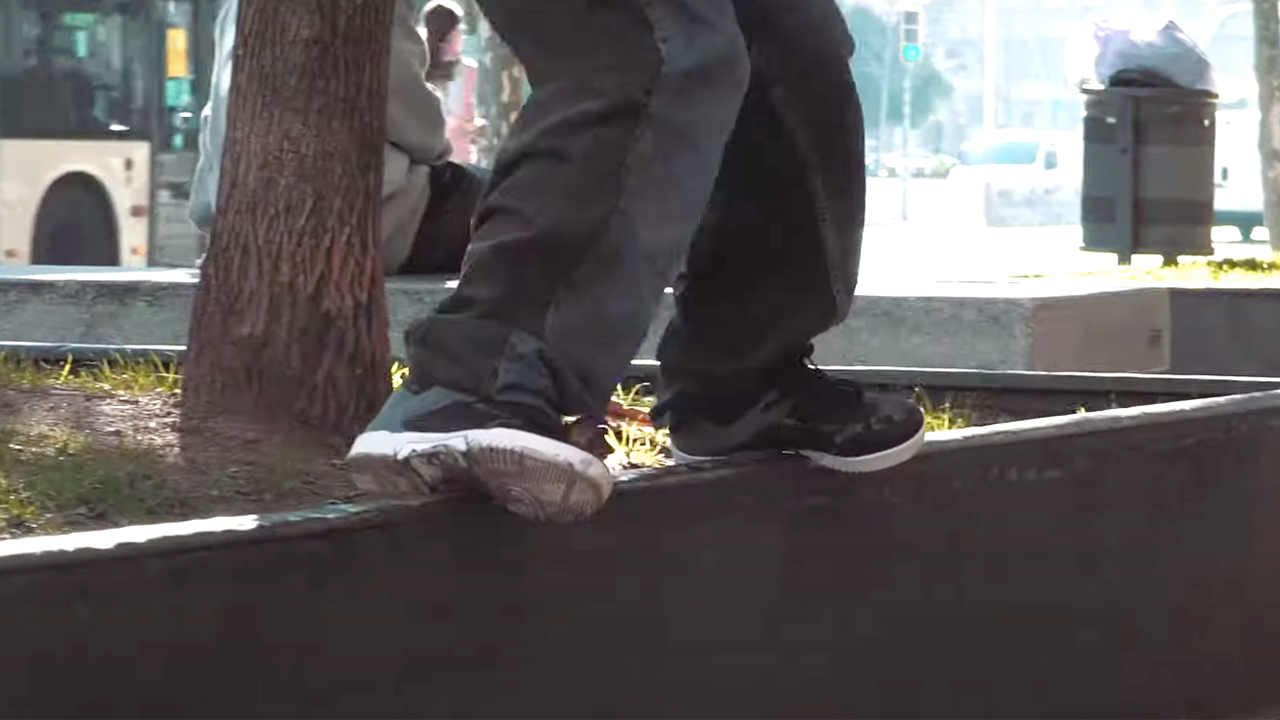
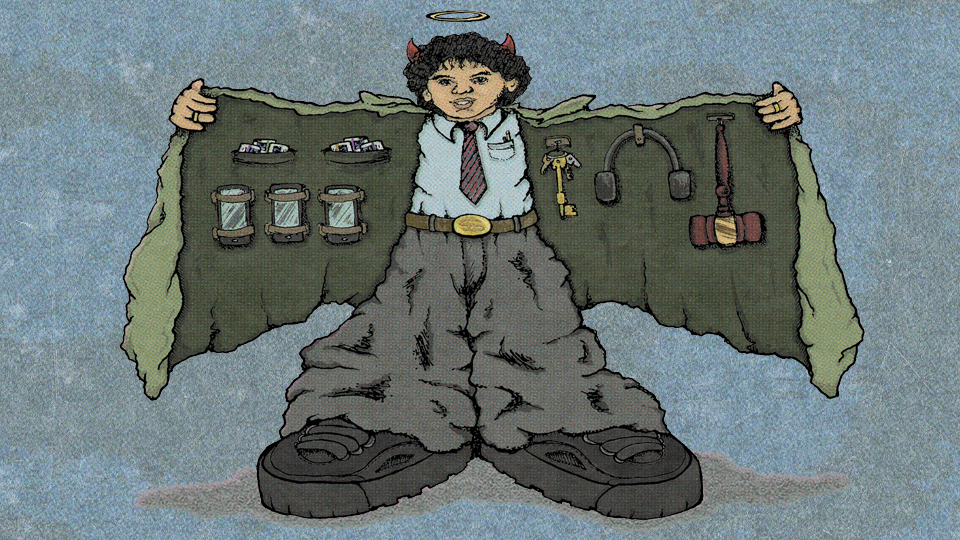
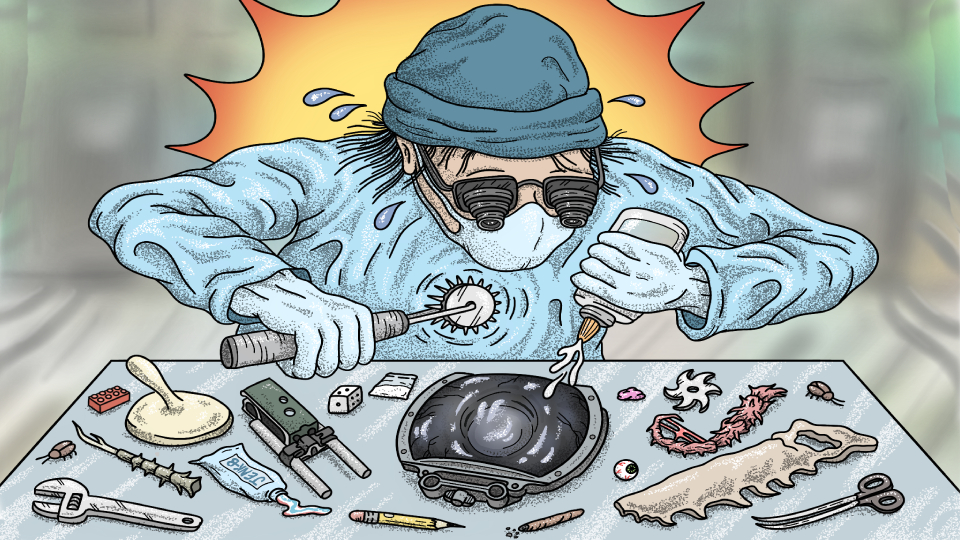
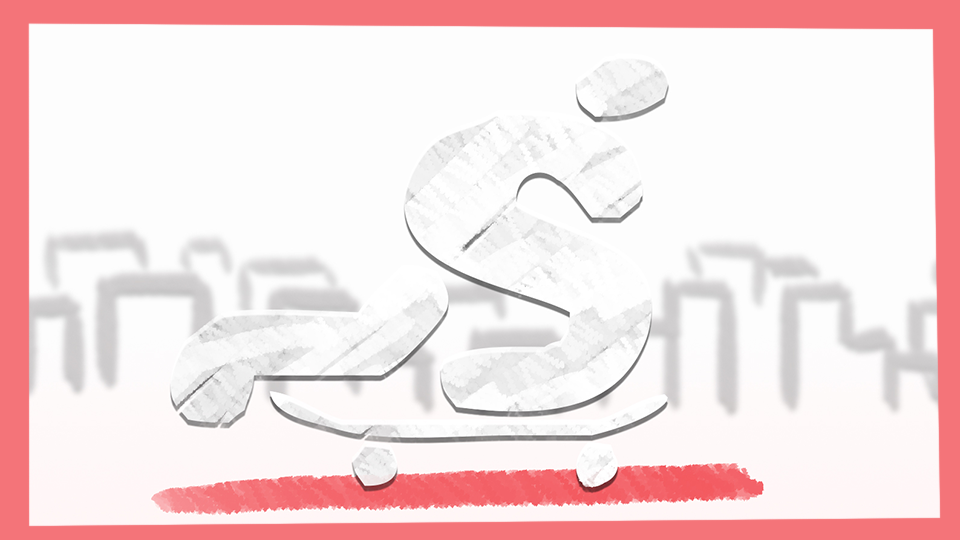
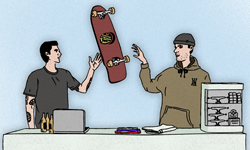


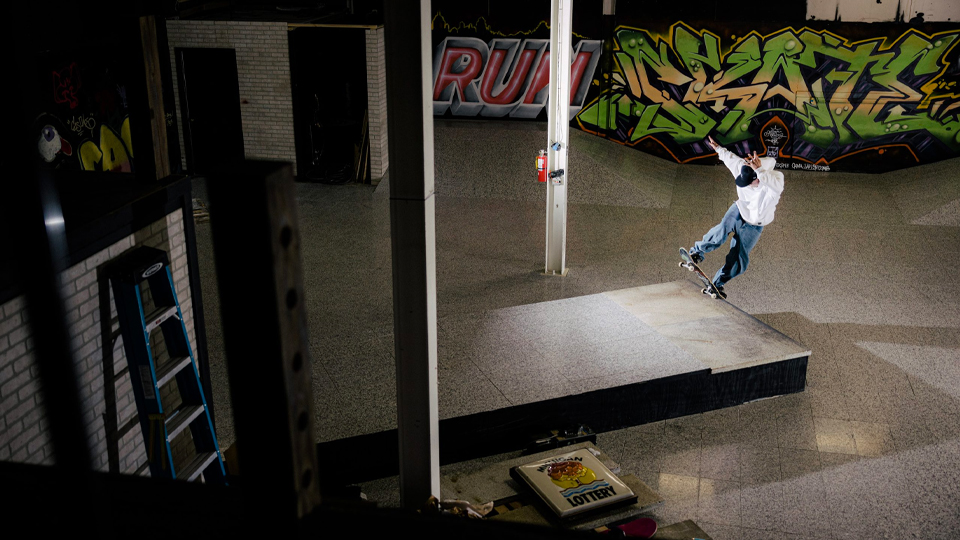
April 10, 2024 12:36 am
i dont get how people like having a giant N on their shoes
April 12, 2024 6:41 pm
They’re all looking for that iconic shape. 3 stripes and the Swoosh are about the only ones to reach that status. An N is a shape. I used to love those Marc Johnson Emericas with the M. The Etnies E did well. That Lakai modified swoosh. That godforsaken curiama comb nonsense needs to die already.
April 13, 2024 11:20 am
I love the OG Ishod’s and am waiting for the black and gum Air Max version. But the Jordan 4 SB is about as good as it gets for a skate shoe. Never thought Jordan would have a signature skate shoe, yet here we are.
April 17, 2024 10:24 am
Is Reynolds getting his own NB? His 480 was sick (www.thevinessupply.co)
April 17, 2024 10:29 am
http://www.thevinessupply.co
April 17, 2024 2:42 pm
fuck pro shoes. Rock some Avia velcro “one steps”. They just get grip trashed in the long run. Plus, if you are successful on a big gap ollie, people will be like “yo, he’s rockin some Avias!!!” Then everyone will be on the Avia tip at the park. Jenkem knows how it is.
Next thing Jenkem knows, Avia has a skateline of clothing out and Jenkem is on their dillz trying to get info.